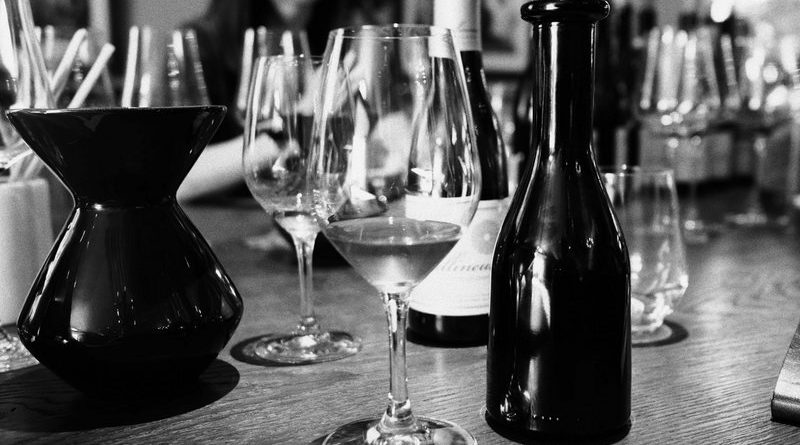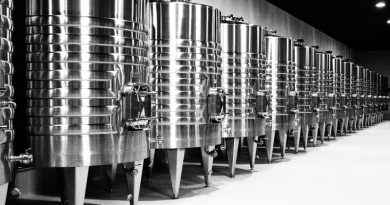Different levels of appreciating wine
One of the keys to being able to make sense of wine is understanding that there are two different ways of appreciating wine. If we fail to realize this, then all sorts of contradictions and confusions creep into our discussions.
Both these forms of wine appreciation are valid, and there’s a degree to which they overlap, but I reckon the distinction is still an important one.
The first level of appreciation is, to use a posh, rather pseudy term, the hedonic level, which basically means how much we actually like the wine – this is a sort of first-pass sense of deliciousness or disgust, or even ambiguity. This is the level at which most people operate in their taste world: they like something or they don’t like it. If you press them further, they might say that they really liked it, or really hated it, or that they didn’t mind it, but that’s as far as they can go in their description.
I can think of lots of foods that have elicit this immediate hedonic response. Sweet things are a good example: I love the taste of ice cream without thinking about it too much. It just tastes nice. I love the taste of chocolate in a similar way. I hate the taste of marmite (a yeast extract spread known elsewhere as vegimite), again, without thinking about it.
Moving to wine, some wines have that immediate hedonic appeal, particularly when they have ripe, sweet fruit and perhaps a bit of residual sugar. Many branded reds and whites are designed to taste ‘nice’ without the drinker having to think too much about them. Other wines, however, can require a bit of effort, and have flavours that novices find a little off-putting. Let’s face it, wine itself is a bit of an acquired taste, isn’t it? Wines such as Californian rosés with sweet, fruity flavours reminiscent of alcopops are designed to appeal to a broad audience – and particularly non-wine drinkers.
The second level of appreciation involves learning and experience. As we think about the flavours we are encountering, there emerges a new way of appreciating these flavours, and we realize that we have the capacity to learn to like things. Thus even flavours that we fail to appreciate at a hedonic level (those we are unsure about, or don’t like) can grow on us. Interestingly, it is these acquired tastes that are often the more enduring ones. We rarely go crazy about flavours that are easy to like, but those which we’ve grown to like are frequently compelling.
Let me give a personal example. Some five years ago I never ate cheese. I didn’t really like it, to be honest. But I kept getting exposed to it, most notably on trips to wine country. One time, tasting Queijo de Serra – a Portuguese sheep’s cheese from the Dao – I decided that this rather pungent, intense flavour was one I was going to make an effort to get along with. Now I really, really like cheese. Not every cheese, mind you, but most of them.
I reckon that it’s only as we add this learned element of appreciation to the initial hedonic level that we can really get going in tasting wine properly. So much of wine appreciation involves learning to like strange flavours, thinking about what we are experiencing as we taste and bringing all these elements together in rich combination. I don’t think that someone who is new to wine can ‘get’ the world’s finest wiines, because there’s much more to them than just deliciousness. It’s only when you come armed with the proper context, built up through repeated exposure to lots of wines, that you can ‘get’ the difference between a truly great wine and a merely good one.
Satiety is another posh pseudy term that needs to be mentioned here. In some senses, this is a third level of appreciation, and it relates to how hungry I am for a particular flavour experience. Here’s an obvious example of satiety: it’s a scorching hot day and I’ve been walking in the hills, and i’m incredibly thirsty. That first, cold glass of water tastes absolutely, mind blowingly delicious in a way that the third or fourth won’t. This is because after I’ve drunk some water, my thirst has been sated. Repeated exposure to any particular flavour can induce what is known as ‘sensory-specific satiety’. This means that even if I am still hungry, I don’t really feel like eating, say, a banana, if all I have to eat is bananas. We can become sated (have had enough) of one flavour even though we haven’t had enough of other flavours. I guess the application for wine is that there are occasions when we just want a glass of wine – say, for example, we’ve just got home from work, or we’ve sat down for lunch outside on a summer’s day – and almost any drinkable wine will do. But after a glass or two our need for just any wine is sated, and whether we continue to drink or not is then driven by other factors such as whether the wine tastes nice to us or is of interest.




